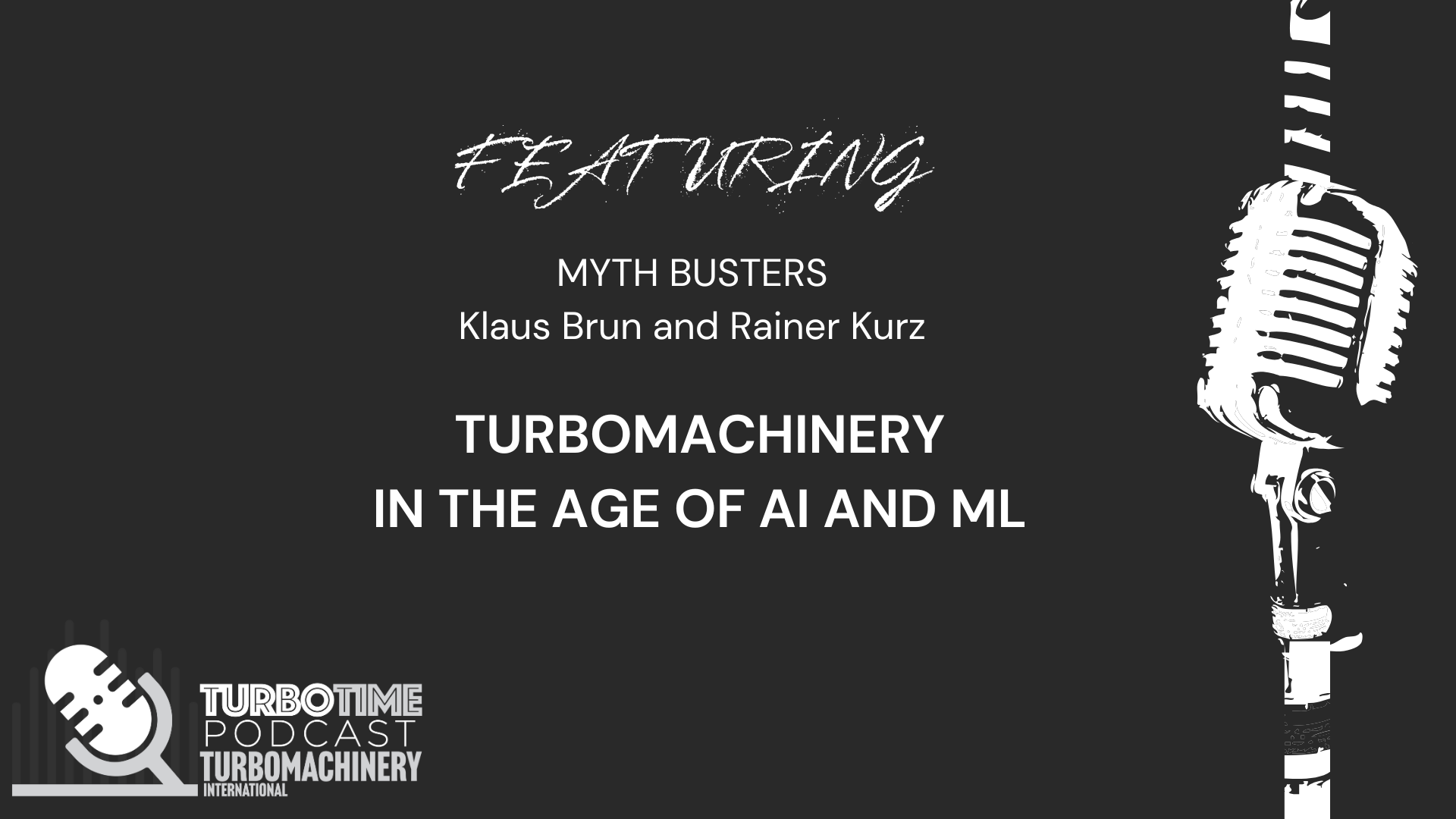Article
U.S. steam turbine retrofit market heats up
Author(s):
A number of factors are driving U.S. power plant operators to consider retrofits and repowering as ways to meet long-term demands for reliable, low-cost electricity.
(A steam turbine retrofit can be completed during a planned outage, avoiding loss of generating time)
With many nuclear plants having operated for more than 30 years, retrofits offer a way to extend a plant’s operational life while boosting efficiency and ensuring safe, reliable operations. The situation is similar for ageing coal-fired plants, as reliability becomes a major concern for operators of large plants (above 300 MW) that need to continue serving baseload demand.
More recent drivers of coal plant retrofits in the U.S. include heightened regulatory
pressure, low-cost natural gas and the need to increase the performance and reliability of the sustainable coal fleet. The problem plant operators now face is how to design a retrofit or repowering program that is economically feasible, maximizes return on investment and is economically responsive and viable relative to changing market dynamics.
Retrofit or not?
If operators look first at nuclear or coal-fired plants, the first question is, “Do I really need a retrofit, or should I simply build a new plant to replace one at the end of its design life?” Permitting processes for new plants can be time-intensive, and while demand for electricity is expected to increase across the board, operators have to balance the timing of plant construction with the forecasted need for a new plant’s generating capacity.
Long-term revenue expectations also factor into a plant owner’s consideration of a
retrofit investment. Some degree of revenue certainty for a given plant, made possible through a power purchase agreement or other means, may justify the investment to enhance the plant’s efficiency, output, or both, in order to maximize its financial performance.
If retrofitting a steam plant is the most desirable option, the next major issue to be
addressed is minimizing the impact of the retrofit project on operations. In most
instances, a steam turbine retrofit can be completed during a planned outage thereby avoiding any loss of generating time.
Many retrofit projects taking place today in the U.S. are geared towards improving the performance and reliability of an aging power plant fleet. With some nuclear plants reaching the end of their design life, retrofits can be viewed as a means of increasing longevity.
Read more in the Aug./Sept. 2012 issue of Turbomachinery International.
Newsletter
Power your knowledge with the latest in turbine technology, engineering advances, and energy solutions—subscribe to Turbomachinery International today.





